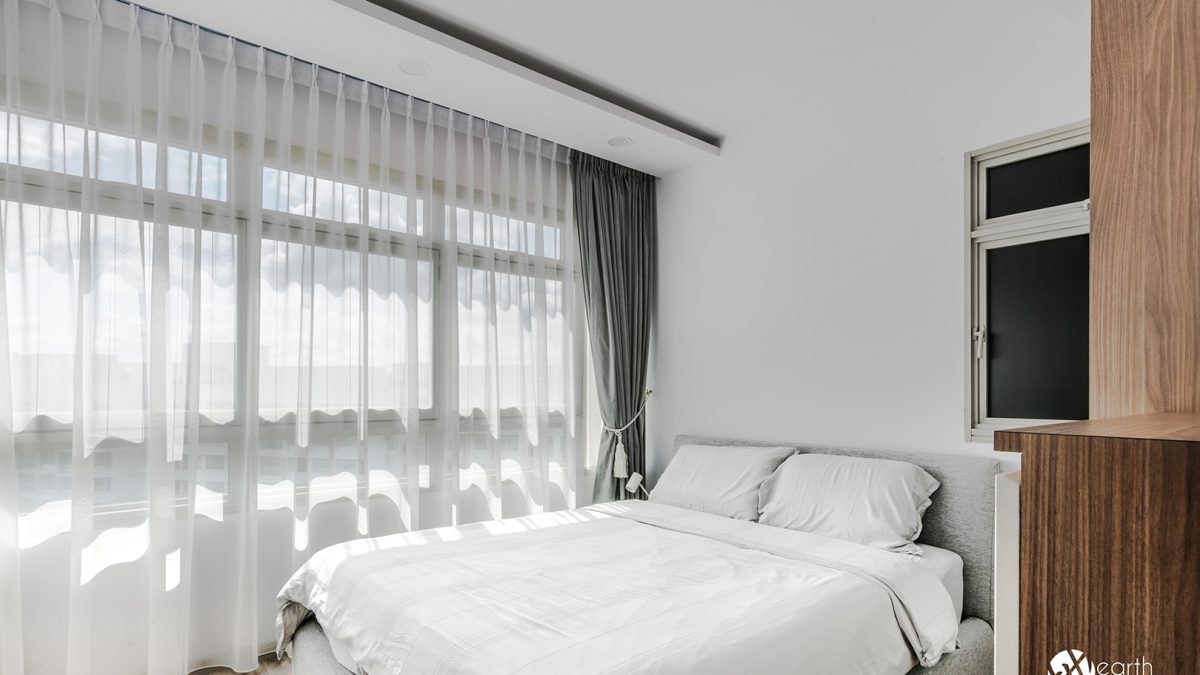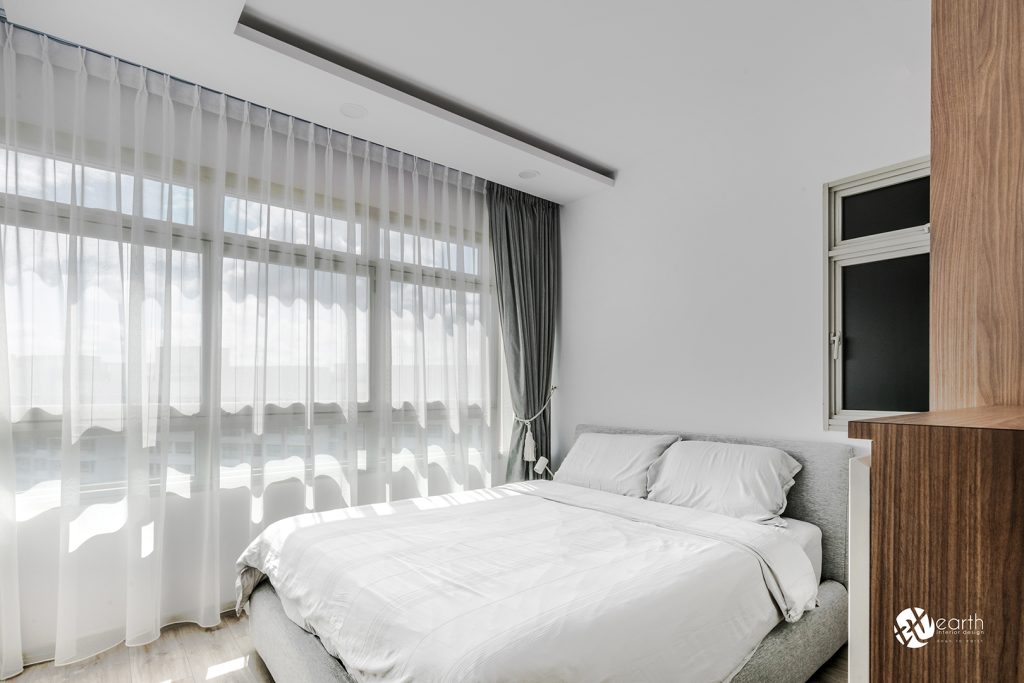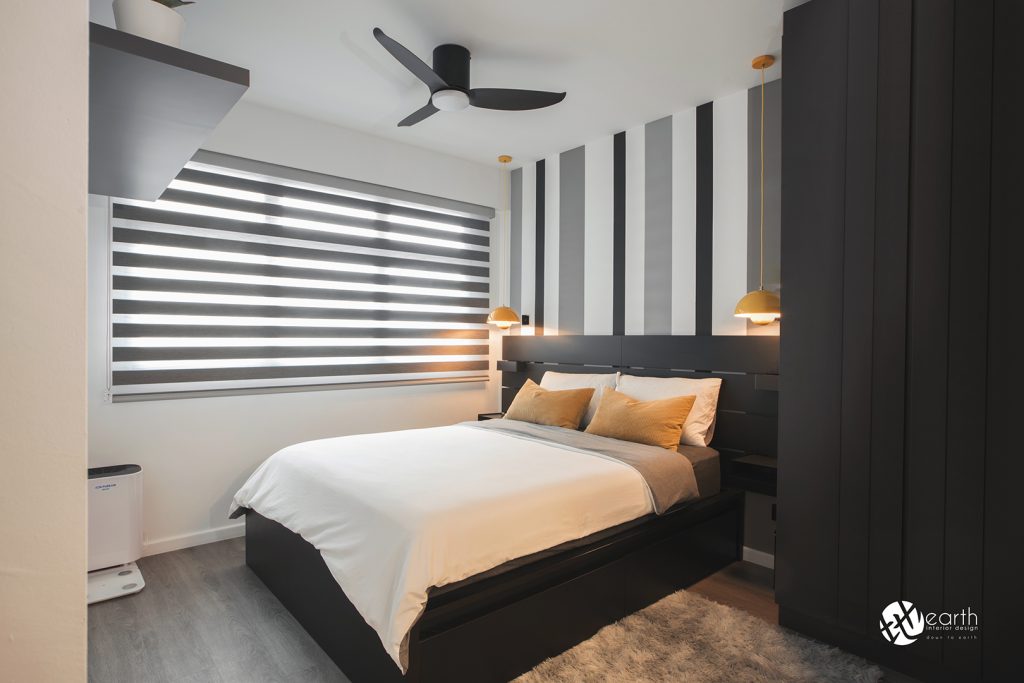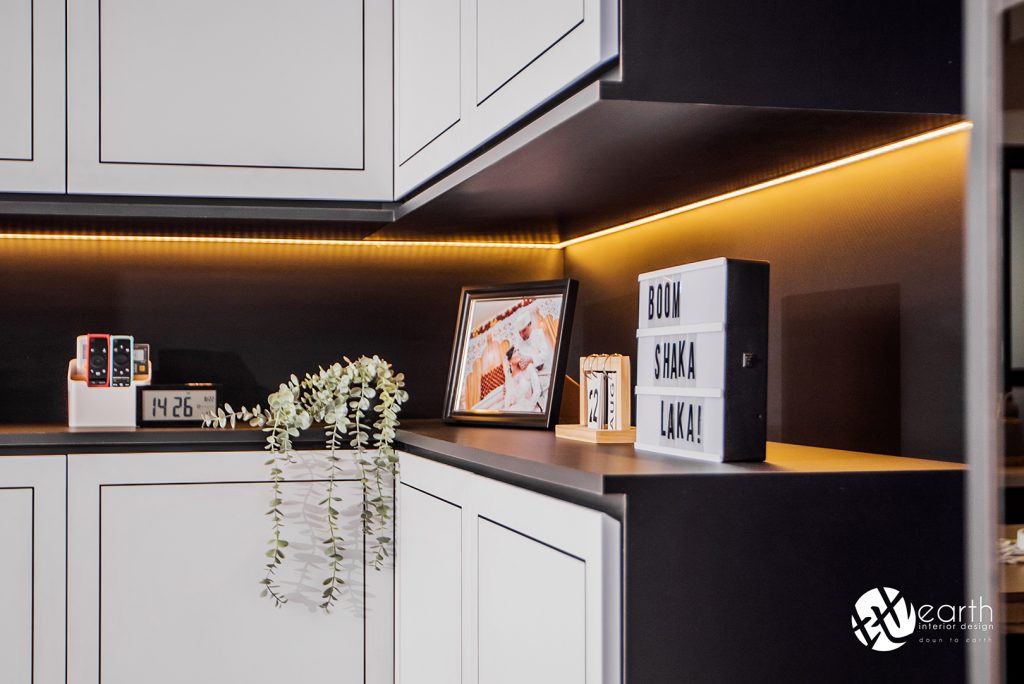For all the interior design obsessed, the Organic Modernism team has launched a series of articles dedicated to making you more informed and educated about interior design. We love making mid-century modern furniture and would like to share our love with the rest of the world. In the first article, we’ve talked about how to choose interior design elements and furniture that won’t look obsolete in the upcoming decades.
We believe that furniture should continue to please your eyes for future generations and gain value instead of the opposite. Today we would like to share experts’ advice on how to make an interior functional and comfortable.
Your ideal house is not a beautiful, lifeless furniture showroom, but a cozy space you should enjoy spending time in. It requires you to not only to plan your home’s appearance but also the functional floor plan. What are you going to do in each room and how important is each action for you? You need to have a clear understanding of your own needs and lifestyle.
Many people who love interior design magazines and Pinterest, underestimate the functionality aspect of furniture and decor elements. They love to see furniture pieces, get inspired by their futuristic forms, but forget that furniture’s primary purpose is to serve a need on a daily basis. So they buy a great-looking sofa that perfectly fits into the room and its aesthetic. However, on Friday nights they sit on a comfortable chair subconsciously or continuously avoiding the fancy sofa. Planning interior with a purpose eliminates buying unnecessary furniture, and we will show you how to do it.
Comfortable interior equals healthy and happy people.
Our formula is simple: Comfortable interior = design + functionality.
It is important to always remember that design and functionality are interconnected and inextricable concepts. A skillful combination of these is not a panacea since the interior design is based on an understanding of your actions and the daily routines that occur in the room.
What is the functionality of the interior?
The functional interior is a space where you can comfortably perform the most significant actions. Interior design can be compared to office equipment such as an all-in-one printer that combines 3 functions in one piece. So, instead of having 3 different devices, you have only one that does everything you need.
With that in mind, a functional interior means that you have enough storage space, functional areas for ironing clothes, that each door and cabinet open freely, and you can walk in your apartment without crushing things.
When we talk about functional interior, we mean that you are able to comfortably perform your daily routine actions. For example, you can easily cook dinner for 5 people, do laundry or read a new book. The functional interior gives you space for free movement. Of course, if you have a big mansion with big open spaces, then the functional interior can be easily achieved.
Bringing functionality to a New York size apartment is an art in its pure form. However, it is not impossible, just requires some googling from your part. This is why for Organic Modernism it was important to develop this series of interior design tips to completely destroy myths and misconceptions.
How to make your interior functional and comfortable:
Tip # 1 Daily routine and actions
Our first piece of advice is to write down your daily routine for both the working day and the weekend. Determine all the actions that you assume will take place indoors.
We believe this is a fundamental step without which other design planning is pointless. Our aim is to ultimately create more functions in one area and maximize the available space.
Tip # 2 Layout
Creating a floor plan is an essential step you need to do even before you create a Pinterest board. A floor plan helps you notice the features of the layout. For example, change the location of your bedroom and combine it with a reading area. There are endless possibilities to improve the functionality of your interior. And most of the time you only need to move furniture here and there without additional financial investments.
Surface space
Many furniture and interior design obsessed people make a mistake by wanting to push a lot of furniture pieces into a limited space, striving for functionality. The idea is in fact in the opposite. It is the abundance of free space that defines and enhances the interior’s functionality. It is necessary to clear the aisles, especially around the table and the kitchen, where people usually spend most of the time.
Since we are talking about functionality, the storage system is the next vital topic. Tall cabinets, chests of drawers, built-in wardrobes help us to use the maximum height of the room and significantly free up the surface area from unnecessary additional boxes on the floor. Also, cabinets hide visual mess and piles of documents you have to keep but are not something to display. So, buying furniture with additional storage space makes your apartment more functional.
What do you do with a vase you bought in Italy last summer? Showcase it! Consoles and credenzas can be turned into decorative focal points of the room. They combine the function of storage and decor.
The tops of dressers can be decorated with table lamps, clocks, candles, statuettes, vases, plants, etc. Walls can also be decorated with mirrors, pictures, photo galleries, and shelves. It helps to free floor space from these accents, and keep these as decor elements that are tucked away so you can move freely but still enjoy seeing them.
Think about your indoor actions
Have you already written out all your daily actions? Great! Now it is time to simulate them. Close your eyes and imagine that you are cooking in the kitchen. Is it a dinner for one or you’ve invited guests? What are they doing? Are they waiting for you at a dining table or chatting with you and standing nearby? Is there enough space between the working surface and the shelves? Do you feel comfortable walking around and cooking?
Imagine another scenario; you are watching a movie. Will you disturb other people you live with? Or is it a gathering? By asking and answering these types of questions you develop an understanding of what type of furniture you need to fulfill these functions.
Tip # 3 Composition
Composition plays a major role in the way we visually perceive space. Presumably this is why photographers and artists talk a lot about composition and its importance. There are even rules to create the right composition, but for the sake of simplicity, we can highlight the most important rule — the balance. A functional interior maintains the balance between all furniture pieces and decor elements. Any furniture or decor element has its visual weight.
For example, a white, smooth wardrobe visually looks lighter than a dark armchair. Thus, furniture and decor materials should be selected according to the principle of equilibrium.
Choosing furniture that harmoniously works with everything else in the room is complicated. Sometimes, we buy a credenza at a showroom where it is surrounded by furniture that perfectly looks harmonious and stylish. However, when we bring the same credenza home it looks… not the same. Instead of enhancing the interior design and creating more storage, it imbalances the composition.
A simple and common technique for a stylish and functional interior is to use mobile furniture, such as bedside tables, armchairs, chairs, consoles, and various stands. Such items can be very bold and vibrant. These mobile items will not cause damage to your budget but will help to add uniqueness to the composition. As for the textile design of the windows, seasonality works well. In the warm and hot season, the interior will be lightened and refreshed by light and airy fabrics of cool, refreshing shades, and in the cold season, bright and hot tones of fabrics will please the eye.
Tip # 4 Contrast
Contrast is interior design experts’ working principle, even when the interior’s color is predominantly light. Small details can save the day: finishing materials, fabric textures, paints. A completely white interior with different textures and finishes such as white matte paint, white glossy stone, white knit fabric, white leather pillows… These differences help interior to visually look different and make it interesting and stylish. It is called the principle of contrast. The same thing works in a completely black interior.
Don’t forget about lighting and the use of decorative lighting techniques for furniture and accessories. It can be lamps that create an unusual lighting effect, or interesting, modern work-of-art lamps that can elevate any interior and beautifully transform it. Glass, crystal, textile lampshades in the form of nightlights, wall lamps, floor lamps, and table lamps will help you decorate the interior, without taking your precious functional space.
To wrap it all up,
Remember: Design cannot exist without being functional, so a well-thought-out layout solves a lot of problems. Your ideal house is not a showroom, where furniture exists with a sole purpose to please people’s eyes. Furniture and decor elements should be functional and give you enough space to perform your daily actions. At Organic Modernism, we believe in making furniture that people would love to use for decades, and we love to spread knowledge about interior design tips that make people happy and comfortable in their own houses.





